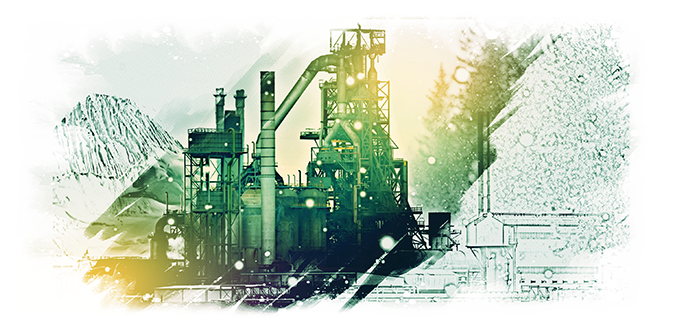The petrochemical industry is the sub-sector of industry that is essentially concerned with the manufacture of semi-finished products using natural gas or hydrocarbon fractions generated by the distillation of oil as raw material.
CD Automation’s technical department faces the challenges imposed by the industry on a daily basis, offering a whole range of components suitable for the efficient maintenance of the heating control system for oil and gas plants.
In this article we will see, in more detail, how to solve any complexities in the configuration of heating control systems, within Oil & Gas plants, guided by CD Automation’s 30 years of experience.
Problems during the commissioning phase
A strategic activity for the proper functioning of systems is the commissioning process. This term refers to the set of procedures, responsibilities and methods useful to progress a system from the installation phase to full operation, in accordance with the design intent.
During the delicate commissioning phase, unexpected application requirements may arise that differ from those planned. For example, unexpected or other than specific fluctuations in system temperature could be observed. Such a situation could be motivated by an incorrect choice of firing type, used to control the heating elements.
The CD Automation team offers a number of tips on how best to deal with these issues:
- identify in advance the points of rigidity of the temperature control system: choosing units that are flexible in their configuration can quickly compensate for any incorrect choices made during the design phase;
- assess which circumstances could change or prevent the perfect functioning of the designed system;
- get to know flexible thyristor control units, which are capable of controlling the load with alternative firing strategies and preventing short circuits through the ‘bake out’ function, which gradually eliminates accumulated moisture on the heating elements.
From these considerations, it is easy to see how temperature control systems can significantly influence the overall operation and commissioning time, despite being a marginal part of the plant.
Unit repairs
A high degree of flexibility is also required of heating control systems in oil and gas plants. A careful design of the system itself, which often involves the assembly of several components, is therefore essential. Particular attention must be paid, for example, to large units, the removal of which from the panel during repair can be complex.
Generally speaking, in order to quickly intervene and repair a temperature control system, without having to resort to long and costly downtime, it is advisable to proceed according to the following steps:
- stop the system and open the control panel;
- intervene on the temperature control system and locate the faulty component;
- quickly replace the component and restart operation, even in very limited space.

The recommendations listed by CD Automation reflect only a fraction of the company’s know-how, matured in over thirty years of activity and condensed into a tried, tested and repeatable path, designed specifically to help Oil & Gas product managers reduce the complexity of heating systems. And the Legnano-based company’s aim is precisely to offer flexible control components to establish itself as a quality partner, capable of producing reliable, competitive and customer-friendly solutions.
Remote access
If you want to make the maintenance of the heating control system of oil and gas plants easier and more efficient, with CD Automation you can also choose the most suitable component to make the temperature control module more remotely accessible.
Usually, to check the correct functioning of the plant’s temperature control system, it is necessary to physically visit the site, which is time-consuming and costly.
There are, however, intelligent temperature control modules for oil and gas plants that allow secure remote access via wireless communication, thus avoiding the need to open the cabinet and use additional connection cables.
In case a concrete repair of a temperature control system is required, CD Automation’s expertise suggests the following steps to achieve the goal, avoiding lengthy interruptions to the system:
- Perform diagnostics without opening the control panel;
- If a major fault is found, stop the plant, open the control panel, identify the temperature control system and locate the faulty component;
- Quickly replace the component and restart operation.

If you want to better clarify how to make your Oil & Gas heating control system more FLEXIBLE, book a free consultation session. We offer this possibility to Product Managers who want to reduce system complexity, switchboard costs, phase shifting, disturbances in the network, power peaks, temperature-related failures, and minimise system downtime.





